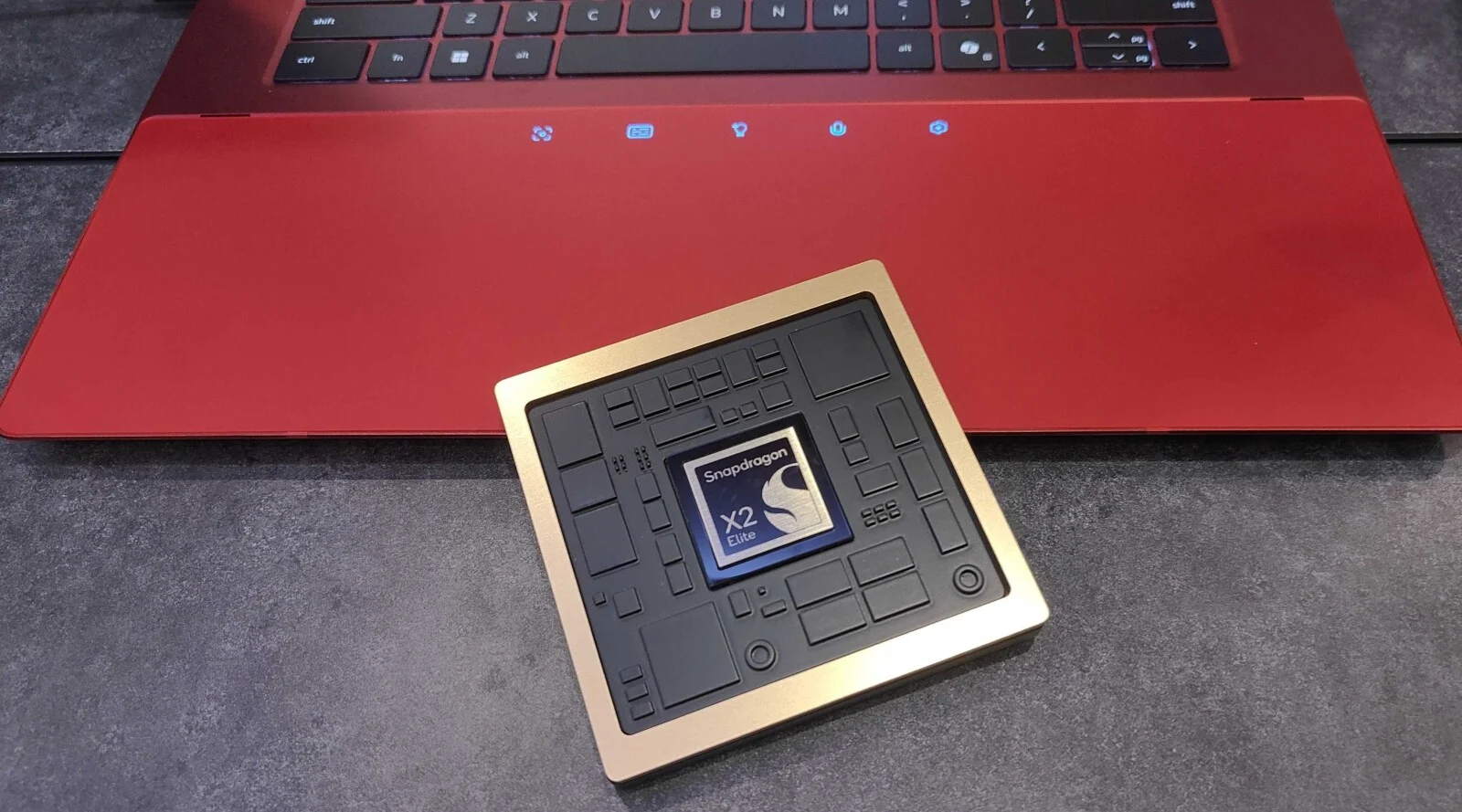In another successful mission, a spacecraft from NASA has captured its 100 millionth image of the sun.
Solar Dynamics Observatory (SDO) uses three main instruments to study the sun; these are Atmospheric Imaging Assembly (AIA), the Helioseismic Magnetic Imager, and the Extreme Ultraviolet Variability Experiment. SDO provides 1.5 terabytes of data a day every day and a half of them come from AIA, say NASA officials.
And it was AIA that captured the 100 millionth photo of the sun on January 19.

AIA sends across huge amount of details about sun by providing 57,600 profound images of the star every day. AIA also helps the scientists to go for in depth analysis of the movement of the solar materials and about their occasional eruptions in the corona, the solar atmosphere.
AIA, composed of four powerful telescopes that work jointly to gather eight images of the sun in 10 different wavelengths every 12 seconds was created in the Lockheed Martin Solar and Astrophysics Laboratory in Palo Alto, California.
The SDO mission of $850 million worth was launched on the orbit of Earth for the first time in February 2010.
SDO was launched as the first mission of NASA’s “Living with a Star” program. This program is meant to enrich scientists with better knowledge especially about the subsequent effects of solar variability on life.
http://thehoopsnews.com/2015/01/23/3140/greenlands-subglacial-lake-quickly-drained-refill-speed-57000-gallonssecond/
The main purpose of SDO is to provide the latest information about the way magnetic field of sun is created and the possible reasons explaining its change over time. Also, the huge amount of data that arrives from SDO is likely to help scientists to have a better grip on space weather. That way, it becomes less difficult for the scientists to control complicated satellite operations.
Solar activities frequently switch , it increases and decreases in a cycle of 11 years. Presently the sun is in the active phase of as Solar Cycle 2 causing quite a few strong flares and coronal mass ejections during last few months.
“But Solar Cycle 24 has been a quiet one overall, featuring the weakest “solar max” of any cycle in the last century or so,” scientists say.








Add Comment